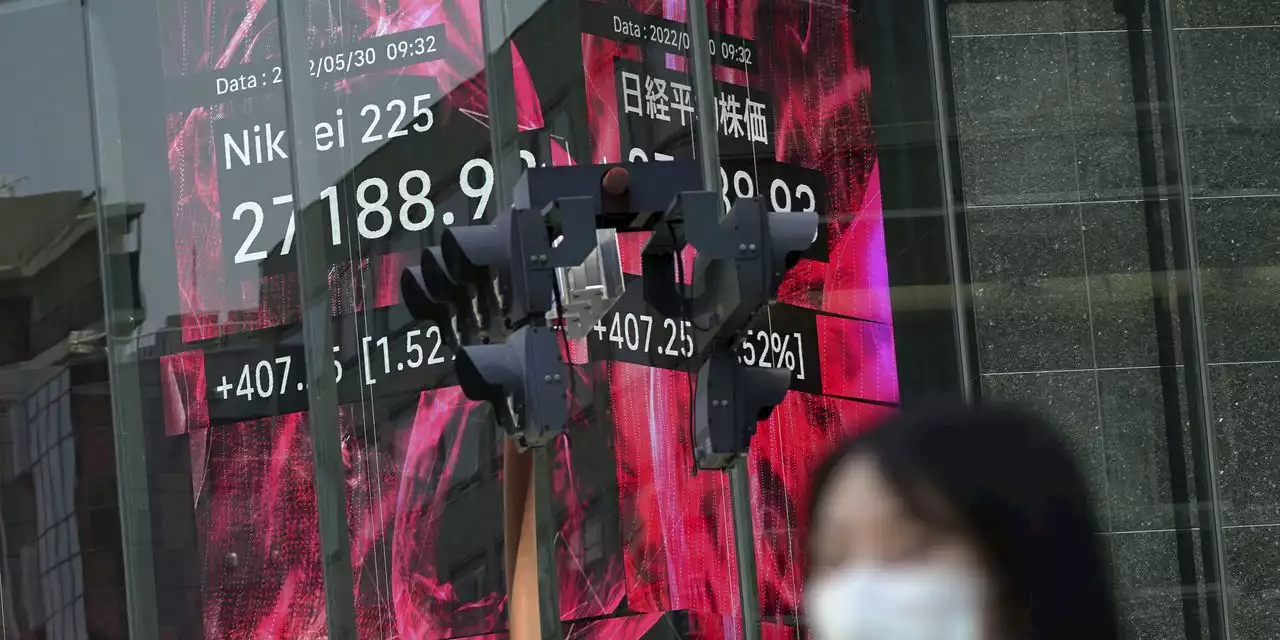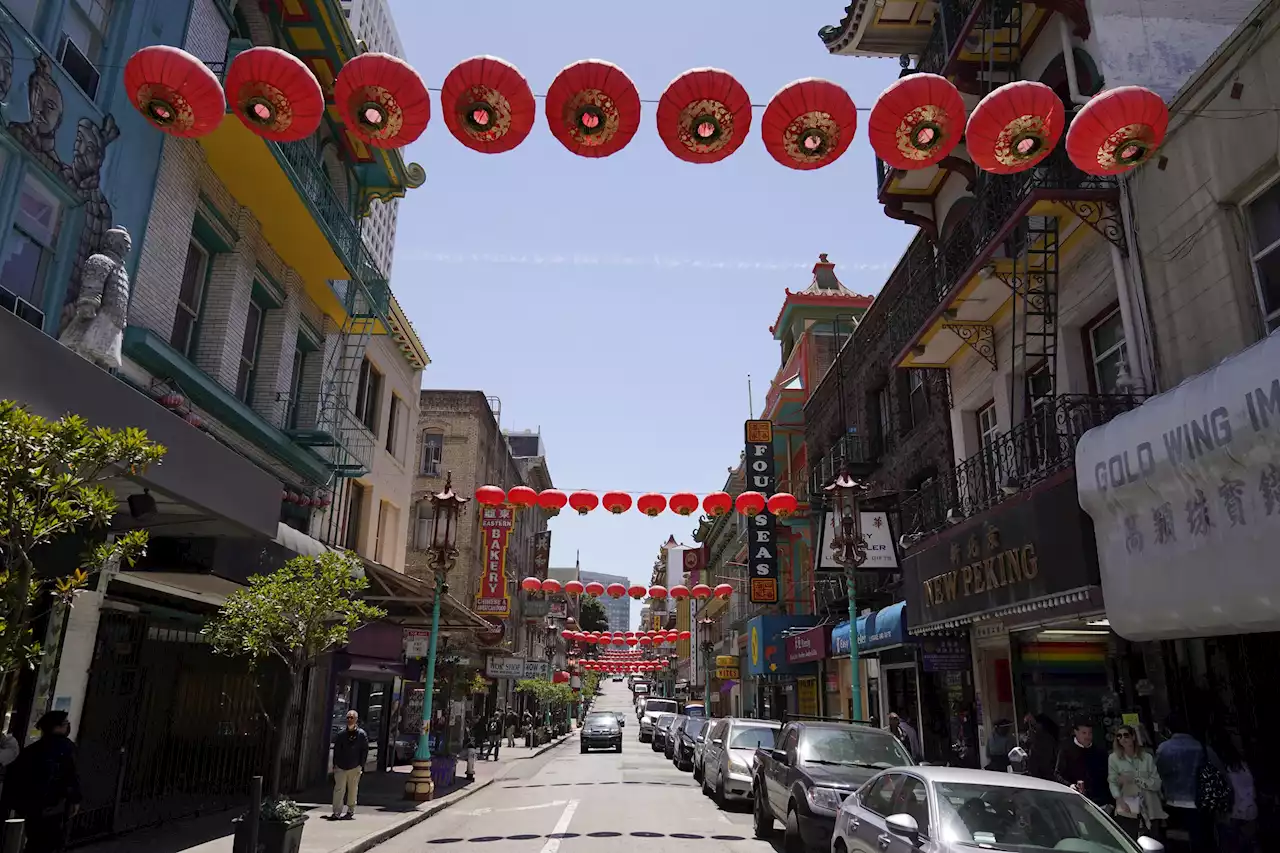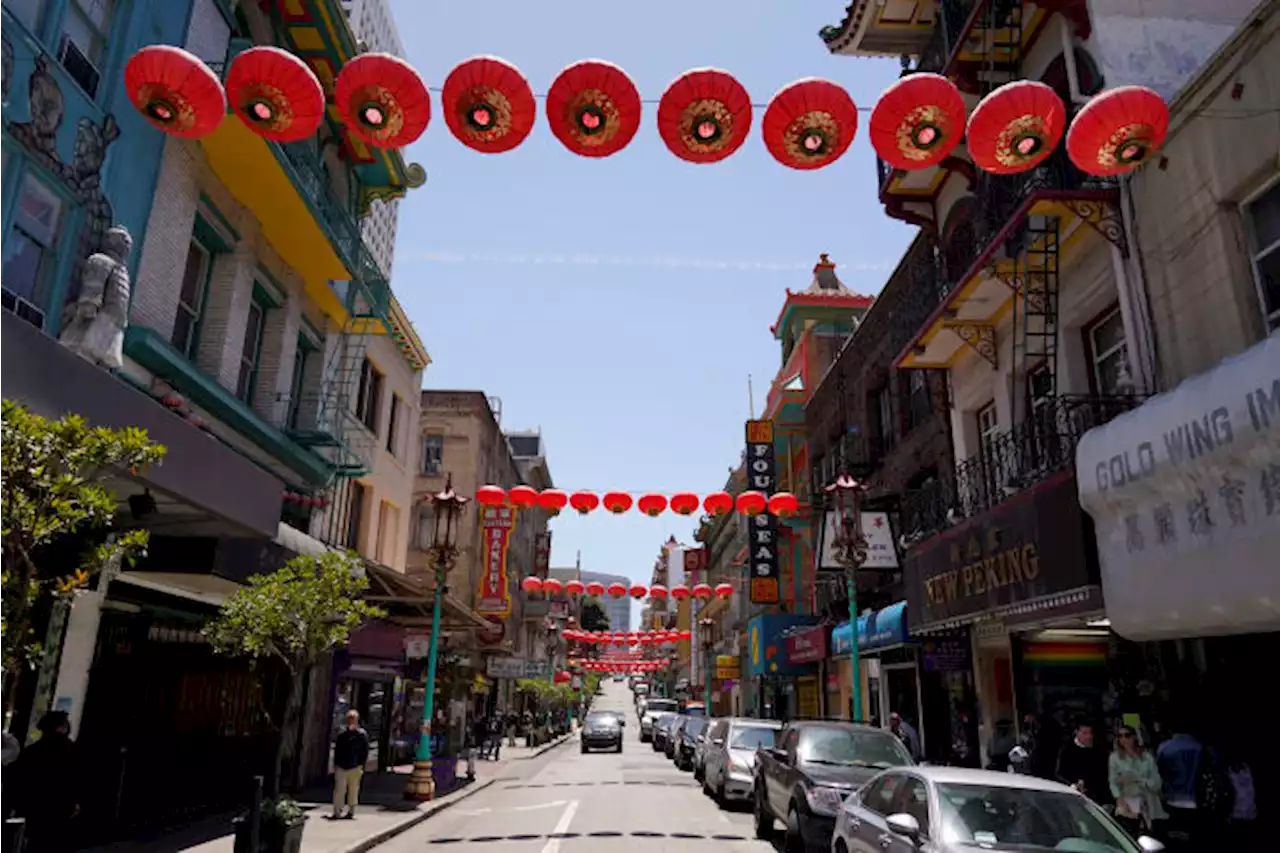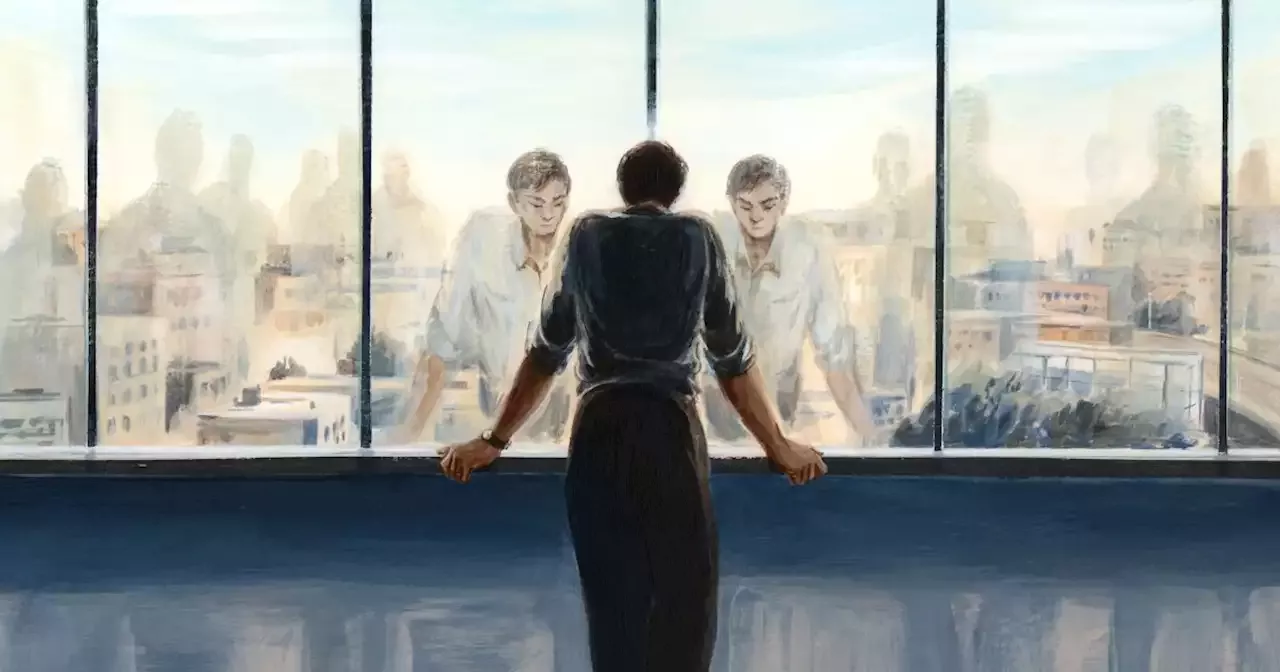Privilege-adjacent. Invisible at times. As an Asian American, that's how I typically used to think of my minority status. Society labels us the 'model minority' when it is convenient.
Privilege-adjacent. Invisible at times. As an Asian American, that's how I typically used to think of my minority status. Society labels us the"model minority" when it is convenient. Sometimes we're models to be emulated — when we're not on the receiving end of people's fear, anger and suspicion.
In a lot of ways, my family fit this model minority image. As Chinese refugees from the Vietnam War, my parents wanted to assimilate to life in the U.S. and give their children the chance at the American dream. They worked hard, stayed quiet and caused no trouble. My brother and I followed their lead: We studied hard, stayed quiet and caused no trouble . We were a middle class family living in the suburbs.
And I got there. While at my first job, I met Rick , a Black man with a whole set of experiences different from my own. With only three things in common, we were literally opposites. While I can laugh off showing my driver's license to prove that I was old enough to get into an R-rated movie, he would make it a point to specifically show his military ID to put people at ease with his presence.
That was then. Over the last five or so years, my perception has changed. Not only did I have to worry about Rick, I also had to look out for myself. The whole idea of being privilege-adjacent felt misplaced. Afterall, there didn't seem to be any privilege when inherently racist terms like"China virus" and"kung flu" were used to describe the coronavirus.
Indonesia Berita Terbaru, Indonesia Berita utama
Similar News:Anda juga dapat membaca berita serupa dengan ini yang kami kumpulkan dari sumber berita lain.
 Photo project aims to restore respect to Asian American and Pacific Islander namesSome Asian American and Pacific Islander people put up with nicknames and substitute names as a form of assimilation, “especially working among our peers who aren’t used to being around people who don’t have Western-sounding names.”
Photo project aims to restore respect to Asian American and Pacific Islander namesSome Asian American and Pacific Islander people put up with nicknames and substitute names as a form of assimilation, “especially working among our peers who aren’t used to being around people who don’t have Western-sounding names.”
Baca lebih lajut »
 Chinatowns more vibrant after pandemic, anti-Asian violenceFrom a contemporary arts festival in San Francisco to night markets in New York City, advocates are making Chinatowns “museums without walls.”
Chinatowns more vibrant after pandemic, anti-Asian violenceFrom a contemporary arts festival in San Francisco to night markets in New York City, advocates are making Chinatowns “museums without walls.”
Baca lebih lajut »
 Asian markets rise after Wall Street's rebound and as China eases COVID lockdownsAsian stocks rose Monday after Wall Street rebounded from a seven-week string of declines and China eased anti-virus curbs on business activity in Shanghai...
Asian markets rise after Wall Street's rebound and as China eases COVID lockdownsAsian stocks rose Monday after Wall Street rebounded from a seven-week string of declines and China eased anti-virus curbs on business activity in Shanghai...
Baca lebih lajut »
 Chinatowns more vibrant after pandemic, anti-Asian violenceThe last week of April was a whirlwind for San Francisco's Chinatown. The storied neighborhood debuted the “AAPI Community Heroes Mural,' a mostly black and white depiction of 12 mostly unsung Asian American and Pacific Islander figures on the wall of a bank.
Chinatowns more vibrant after pandemic, anti-Asian violenceThe last week of April was a whirlwind for San Francisco's Chinatown. The storied neighborhood debuted the “AAPI Community Heroes Mural,' a mostly black and white depiction of 12 mostly unsung Asian American and Pacific Islander figures on the wall of a bank.
Baca lebih lajut »
 Chinatowns more vibrant after pandemic, anti-Asian violenceChinatowns across North America have faced an unprecedented one-two punch when the pandemic caused shutdowns and racist anti-Asian attacks increased — and continue. However, they also indelibly influenced the reemergence as close-knit hubs of culture.
Chinatowns more vibrant after pandemic, anti-Asian violenceChinatowns across North America have faced an unprecedented one-two punch when the pandemic caused shutdowns and racist anti-Asian attacks increased — and continue. However, they also indelibly influenced the reemergence as close-knit hubs of culture.
Baca lebih lajut »
 Chinatowns more vibrant after pandemic, anti-Asian violenceCultural and arts organizations in Chinatowns across North America have worked for decades on bringing greater appreciation and visibility to these communities.
Chinatowns more vibrant after pandemic, anti-Asian violenceCultural and arts organizations in Chinatowns across North America have worked for decades on bringing greater appreciation and visibility to these communities.
Baca lebih lajut »
